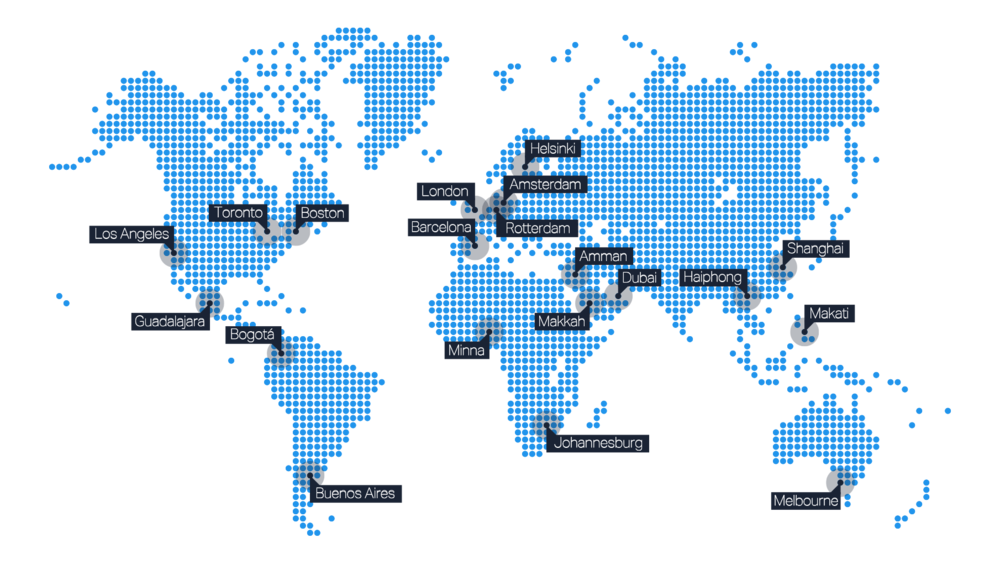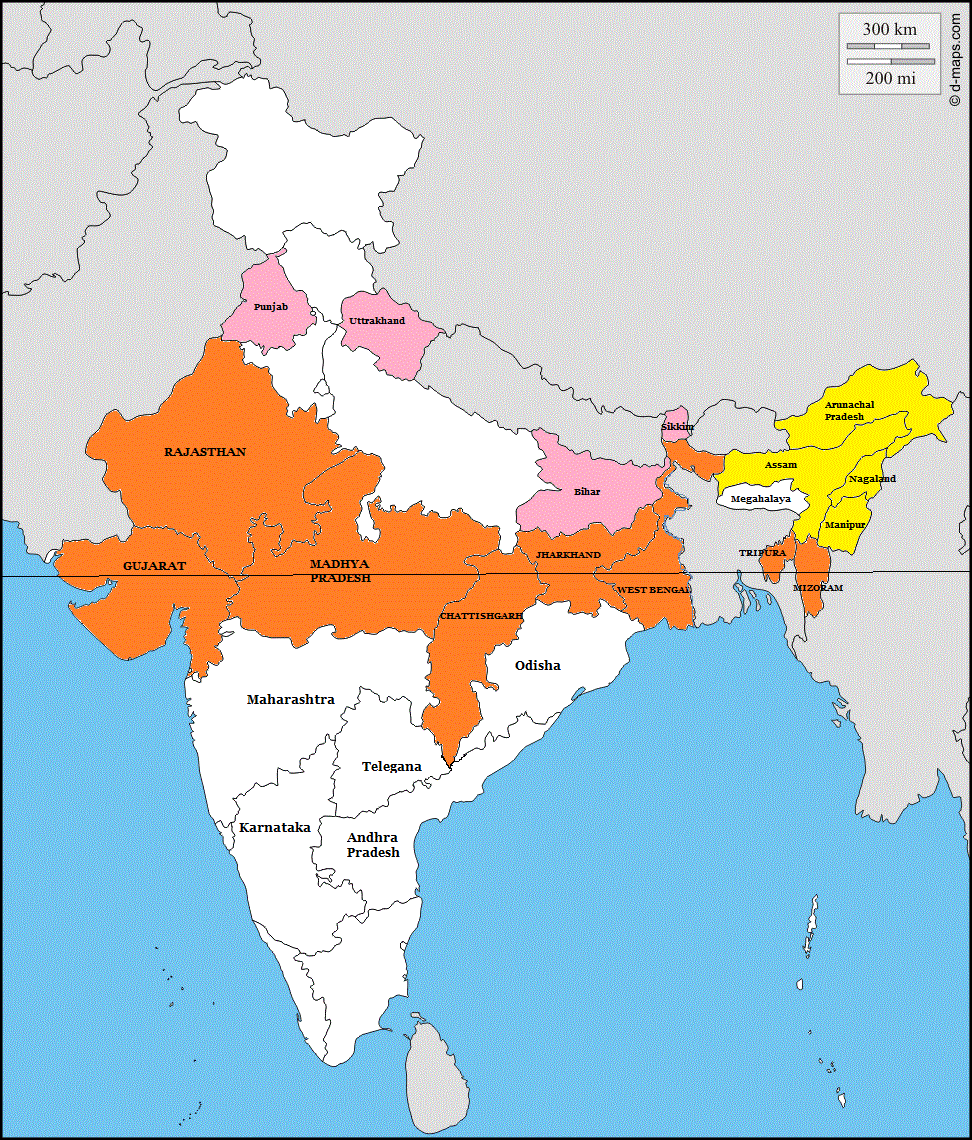900 319 0030
enquiry@shankarias.in
Electric and Hybrid Vehicles
World Autism Awareness Day
Cryosphere and NASA’ mission
Space Debris
Phthalates
World Council on City Data (WCCD)

Map of the Day
India Political


Source: PIB, The Hindu